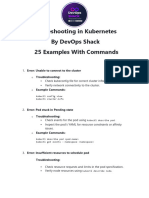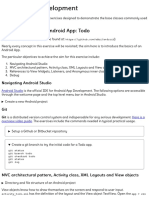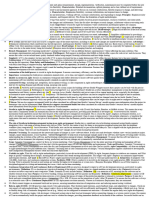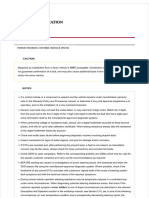0% found this document useful (0 votes)
158 views31 pagesModular Mastery in Terraform
The document provides a comprehensive guide on building reusable Terraform infrastructure through modules, covering their structure, benefits, and best practices for implementation. It includes sections on setting up projects, writing scalable modules, versioning, managing remote modules, and testing for quality assurance. The guide emphasizes the importance of organization, reusability, and security in infrastructure as code (IaC) using Terraform.
Uploaded by
Madavaneni AbhishekraoCopyright
© © All Rights Reserved
We take content rights seriously. If you suspect this is your content, claim it here.
Available Formats
Download as PDF, TXT or read online on Scribd
0% found this document useful (0 votes)
158 views31 pagesModular Mastery in Terraform
The document provides a comprehensive guide on building reusable Terraform infrastructure through modules, covering their structure, benefits, and best practices for implementation. It includes sections on setting up projects, writing scalable modules, versioning, managing remote modules, and testing for quality assurance. The guide emphasizes the importance of organization, reusability, and security in infrastructure as code (IaC) using Terraform.
Uploaded by
Madavaneni AbhishekraoCopyright
© © All Rights Reserved
We take content rights seriously. If you suspect this is your content, claim it here.
Available Formats
Download as PDF, TXT or read online on Scribd
/ 31






























































































